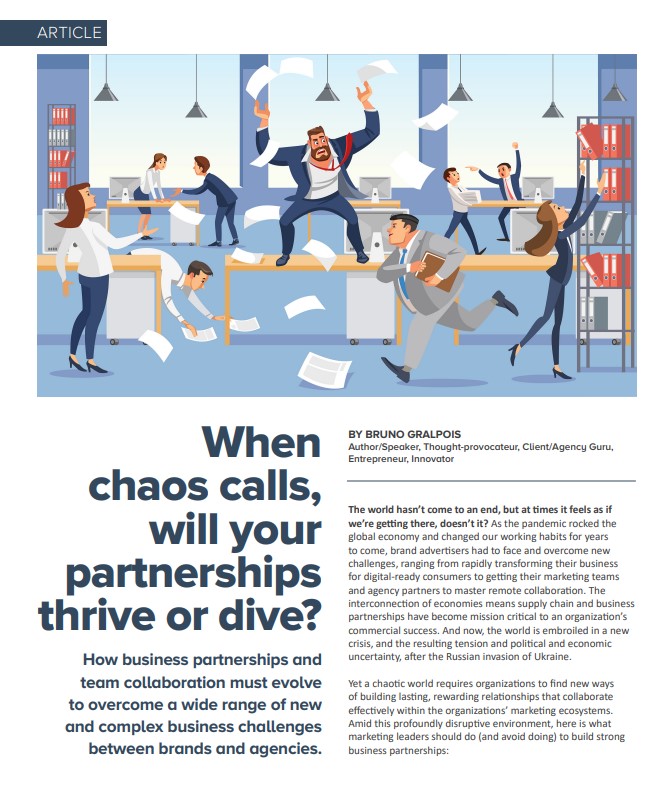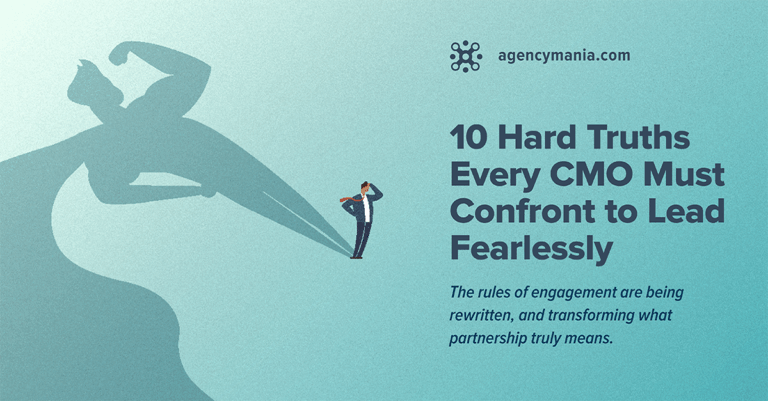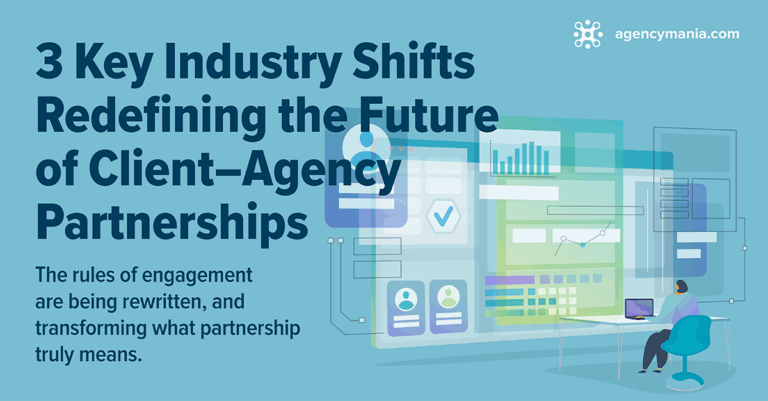How business partnerships and team collaboration must evolve to overcome a wide range of new and complex business challenges between brands and agencies.
— Read our article posted on Forbes —
— Read our article posted on 4As —
The world hasn’t come to an end, but at times it feels as if we’re getting there, doesn’t it? As the pandemic rocked the global economy and changed our working habits for years to come, brand advertisers had to face and overcome new challenges, ranging from rapidly transforming their business for digital-ready consumers to getting their marketing teams and agency partners to master remote collaboration. The interconnection of economies means supply chain and business partnerships have become mission critical to an organization’s commercial success. And now, the world is embroiled in a new crisis, and the resulting tension and political and economic uncertainty, after the Russian invasion of Ukraine.
Yet a chaotic world requires organizations to find new ways of building lasting, rewarding relationships that collaborate effectively within the organizations’ marketing ecosystems. Amid this profoundly disruptive environment, here is what marketing leaders should do (and avoid doing) to build strong business partnerships:
Align. Don’t misguide.
Organizations must work like a fine-tuned orchestra. All their marketing instruments must “make music” harmoniously to produce the right output. It requires complete alignment and clarity of goals with agency partners. Cannes Lions recently named Anheuser-Busch InBev its 2022 Creative Marketer of the Year,” a company well known for providing strong input and for building a strong creative culture with its agencies.
- What leaders must avoid: Operating in a silo, using business partners as order takers, and keeping them in the dark or sharing only limited views to business priorities. When organizations struggle to effectively guide their internal teams and external partners, it ends up being pure cacophony.
- What leaders must do instead: Share organizational goals with agencies and marketing suppliers, and invite them to weigh in and contribute to goal setting. Allow ample room for them to challenge, get fully behind goals, and take risks. They are more likely to consistently deliver and innovate and, ultimately, be the trusted resource you need them to be.
Measure. Don’t guess.
A strong measurement framework is essential to assess work performance, the health of the relationship, and effective collaboration. Business partnerships are dynamic and, as such, may perform superbly at times but also struggle. It’s often cyclical and therefore must be managed systematically, not just reactively when it’s already out of control.
- What leaders must avoid: Hoping for the best or relying on informal, unstructured discussions that fail to immediately identify tangible performance or relationship issues based on agreed metrics or coming up short of acting on those metrics.
- What leaders must do instead: Both parties must be committed to implementing a robust performance feedback process, allowing regular check-ins, such as at mid-year and year-end, and use those milestones to have open, constructive discussions about ways to improve.
Fix. Don’t replace.
When relationships do struggle, brands are tempted to go elsewhere and hire new agencies and marketing business partners. The grass seems greener. Yet, because of unaddressed issues and a lack of willingness to take accountability for their role in them, these companies see the same underlying issues reemerge with the new partners down the road. Some advertisers have built relationships that last, committing themselves to fixing and repairing – and ultimately strengthening – the value of the partnership; e.g., McDonald’s, which has been a Leo Burnett client for nearly 40 years, TBWA’s long relationship with Apple and General Electric’s long relationship with BBDO Worldwide.
- What leaders must avoid: Giving up too soon and making partners constantly feel that the relationship is at risk.
- What leaders must do instead: Be resilient, take a hard look at what might undermine the partnership, and remain committed to working diligently on issues, understanding that true partnerships are built over time.
Automate. Don’t waste.
The cost of complexity is quite hefty due to the growing, expanded role of the marketing discipline. Many moving parts and the need for better orchestration among internal and external teams contribute to a web of important processes that, on aggregate, slow down execution. Yet brands must be agile and move at light-year speed to respond to market or competitive pressures.
- What leaders must avoid: Allowing waste associated with unproductive tasks and activities, or interactions with agencies and business partners that rely excessively on documents shared by email.
- What leaders must do instead: Improve cross-team collaboration by streamlining processes, and reducing repetitive or low-value duties with software automation. Systematize the exchange of data, approvals, and other typically labor-intensive manual tasks.
Partner. Don’t commoditize.
In chaotic times, the chances to mislocate already scarce resources are greater than ever. Leadership is putting out fires. Marketing tries to keep up with escalating demands. Business partners are rushing to produce and meet aggressive deadlines. Under such extreme circumstances, relationships are being put to the test. Substandard performance, such as poor briefing, a lack of follow-up or delayed decision-making, can easily prevail.
- What leaders must avoid: Taking shortcuts, asking for unreasonable compensation or payment terms, and failing to treat vendors like business partners.
- What leaders must do instead: Go beyond a transactional relationship that’s about order taking and tactical delivery. Pay fairly and implement reasonable terms. Build partnerships based on sound principles and operating procedures that yield better work and a trusted relationship.
A strong partnership is not just earned. It’s first and foremost modeled and made operational. Leadership plays a crucial role in setting expectations for internal teams and external partners. A successful partnership necessitates goal alignment, a measurement system for continually improving performance, a commitment to working together through relationship issues whenever they arise, and the automation of common tasks and activities that otherwise hinder productivity and efficiency.
In these troubled times, a strong partnership is a pillar any organization can rely on to strengthen its business and operations.
By Bruno Gralpois, Author/Speaker, Thought-provocateur, Client/Agency Guru, Entrepreneur, Innovator
May 10, 2022








